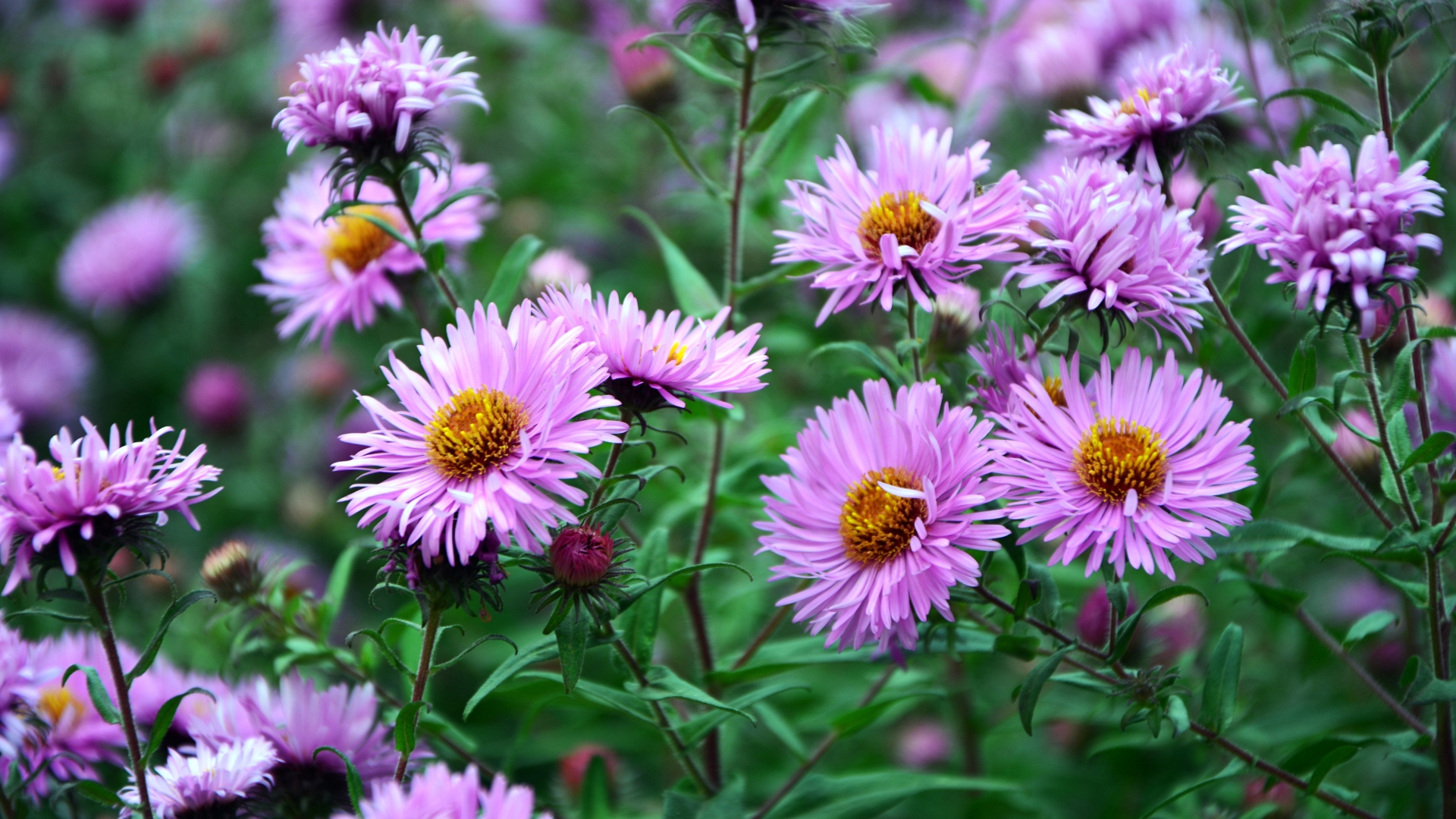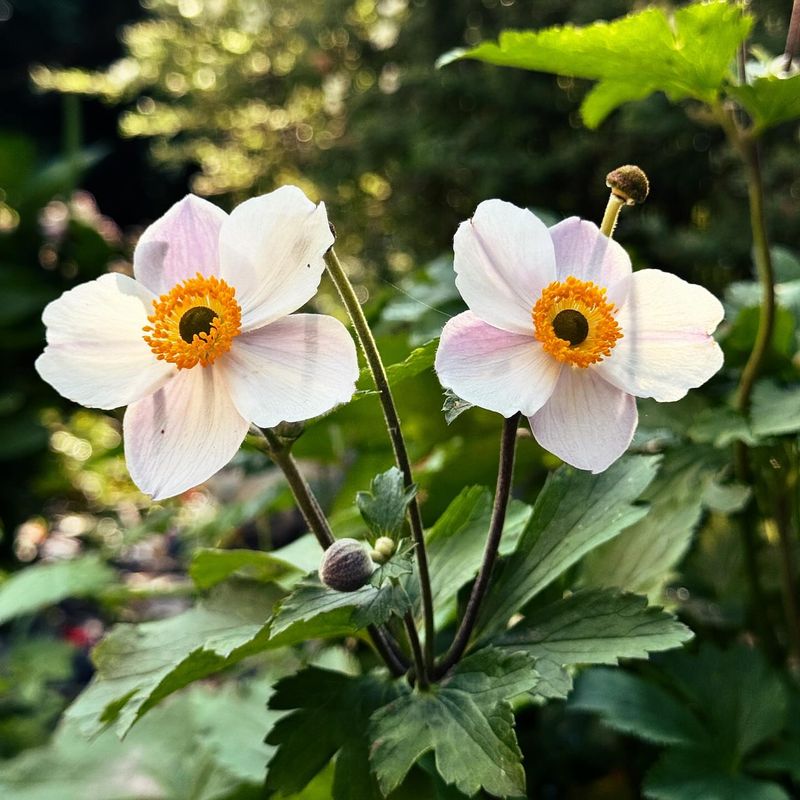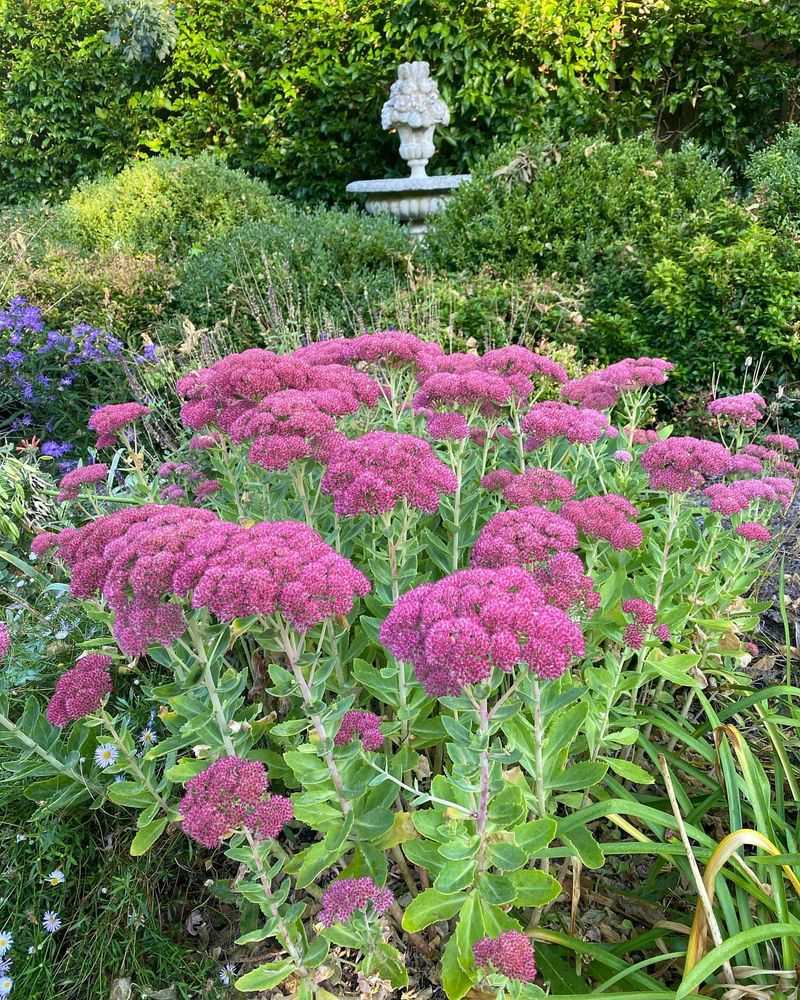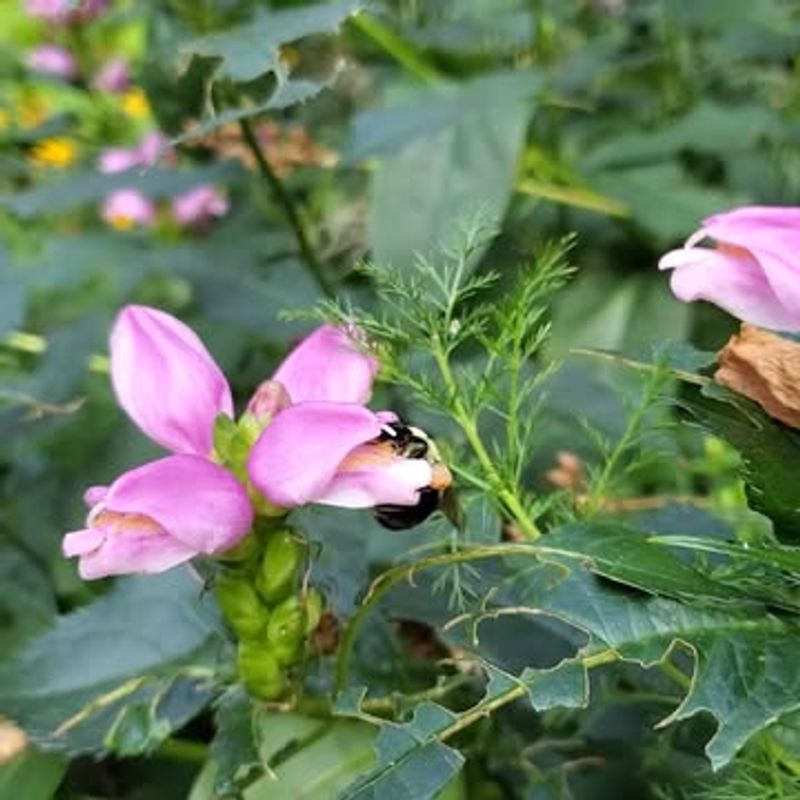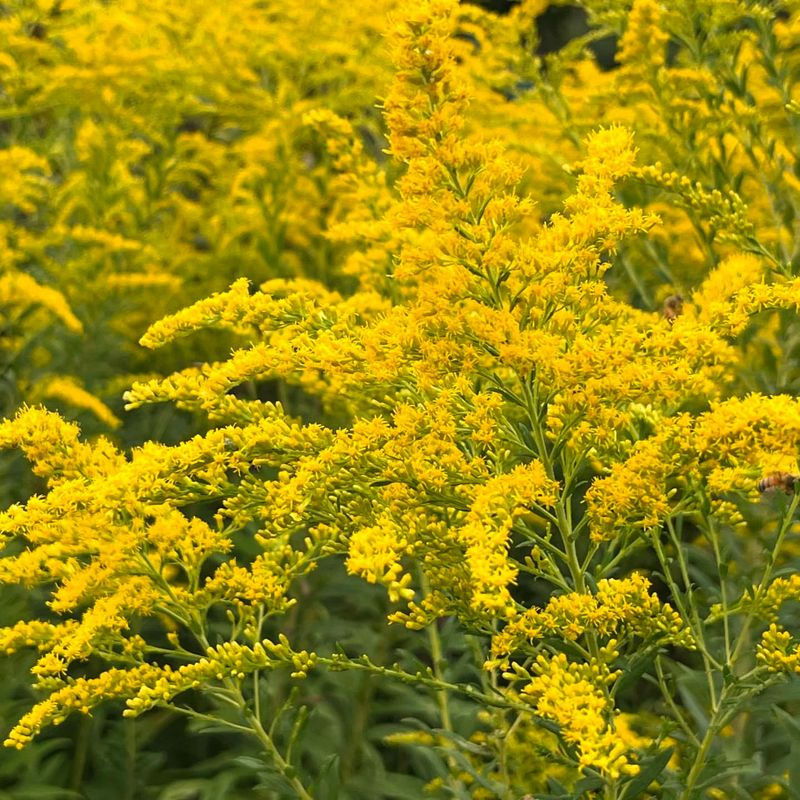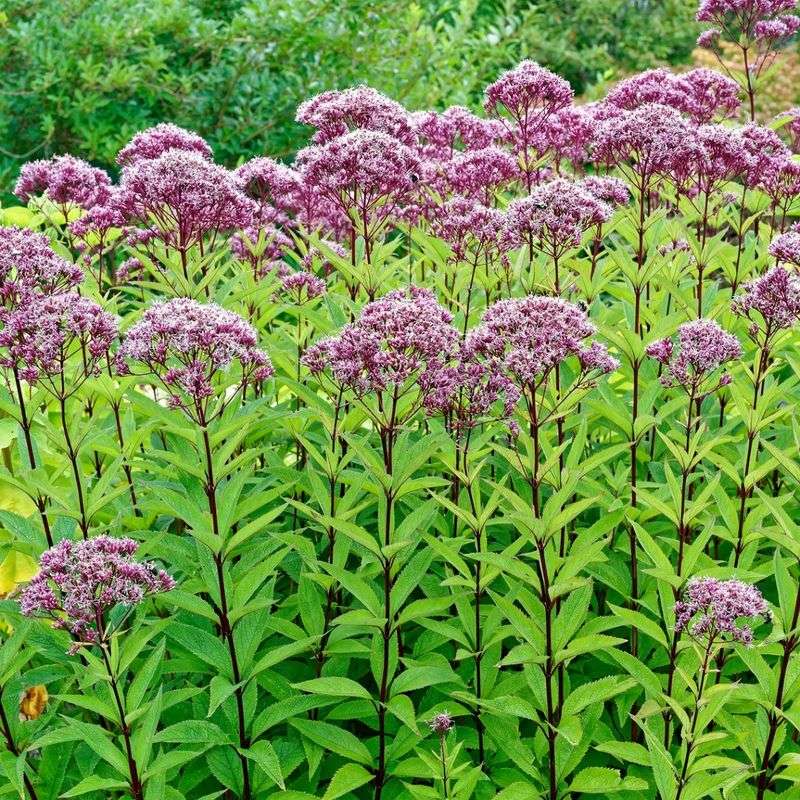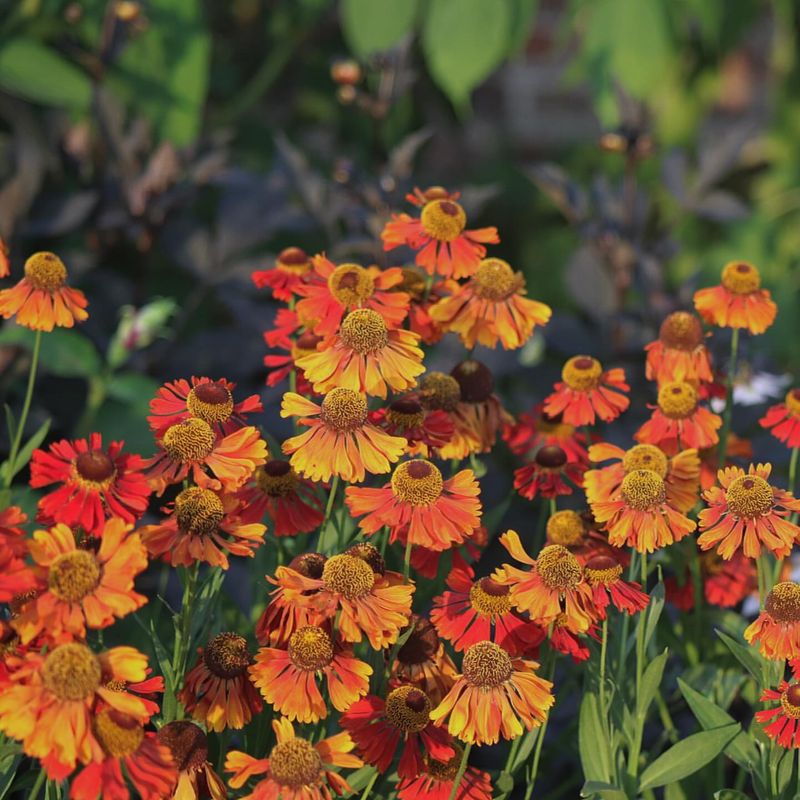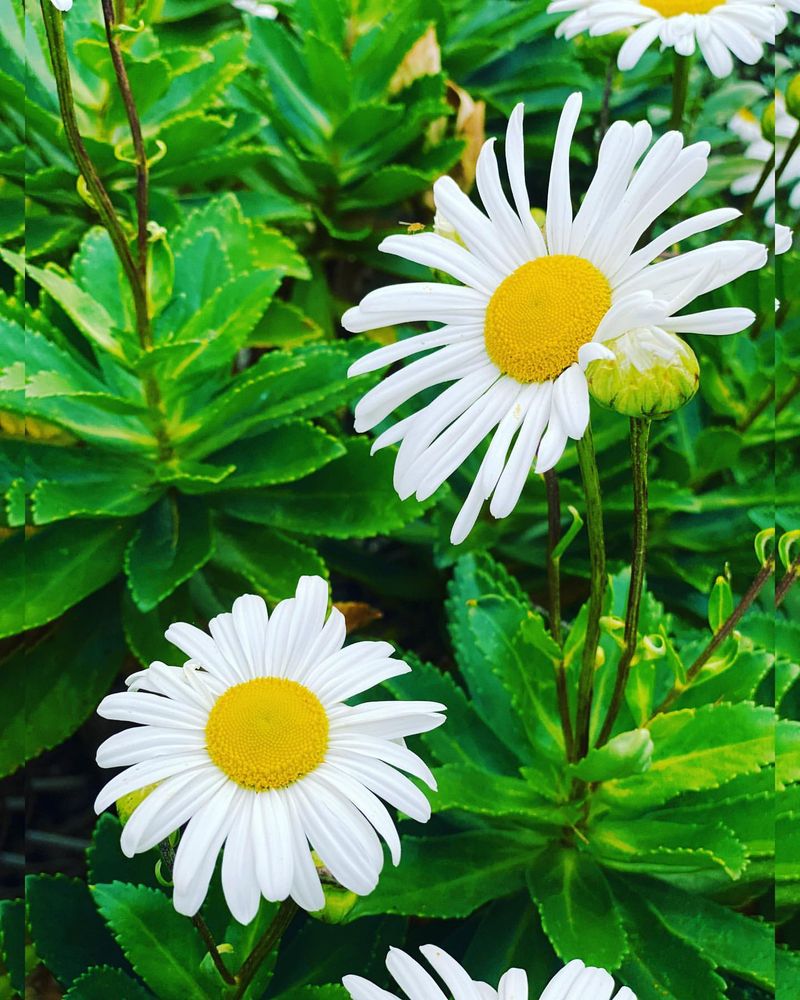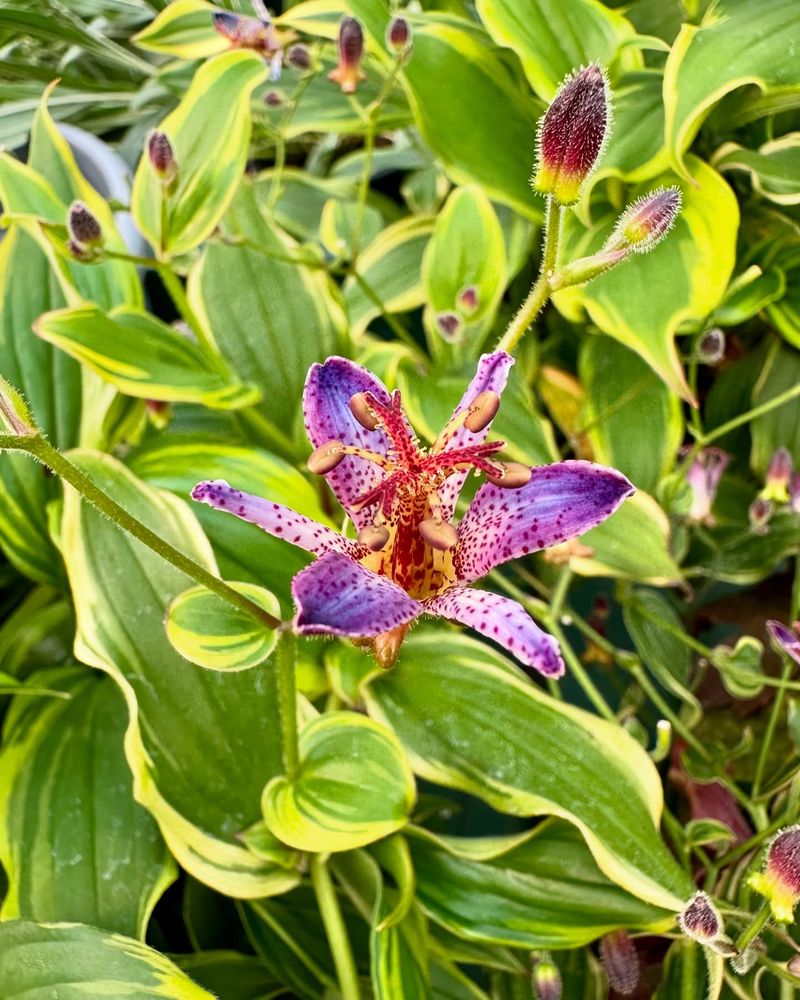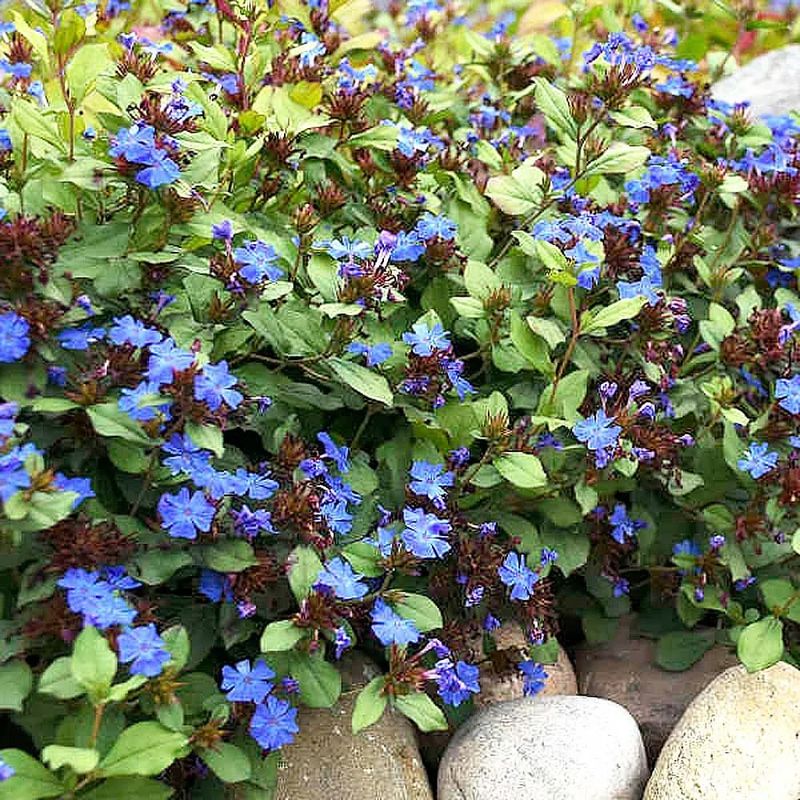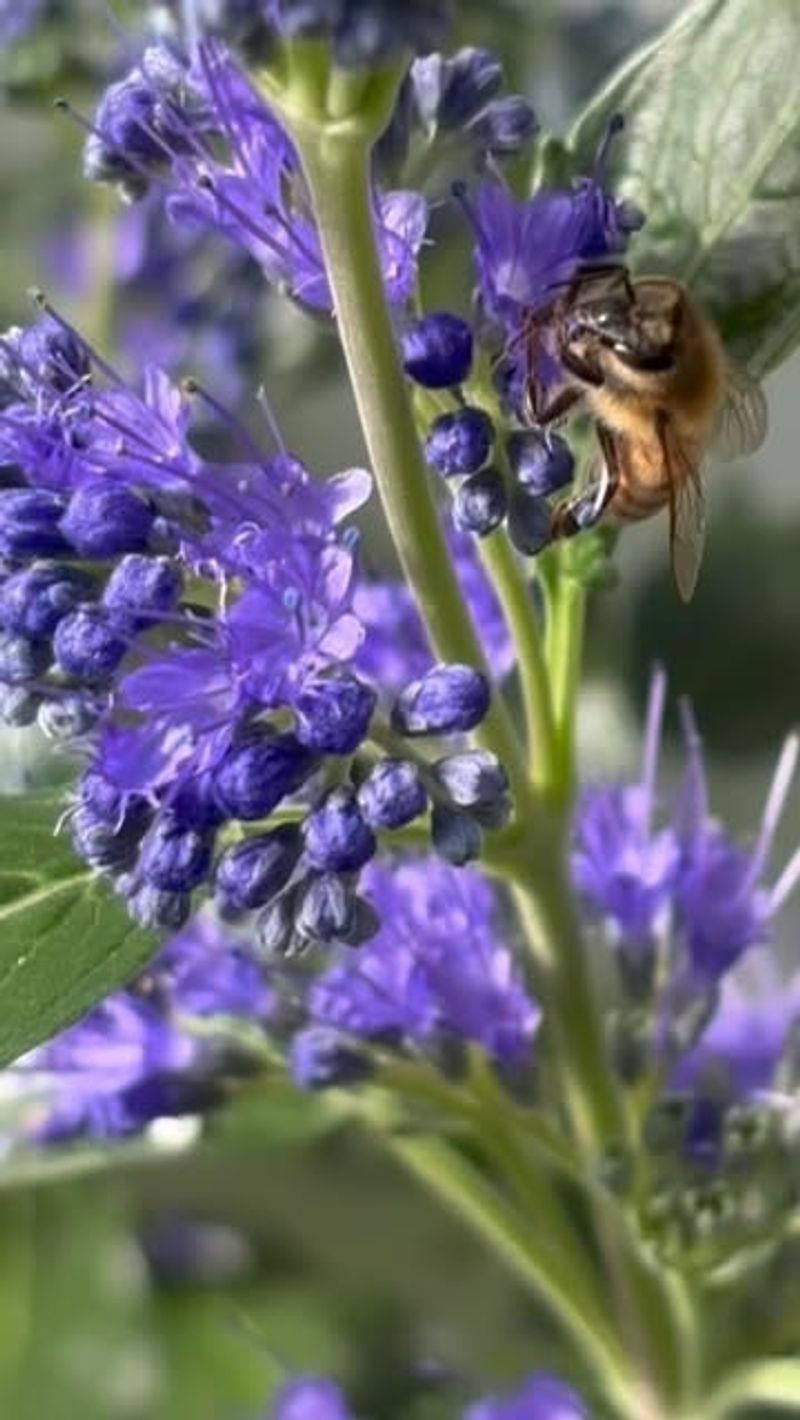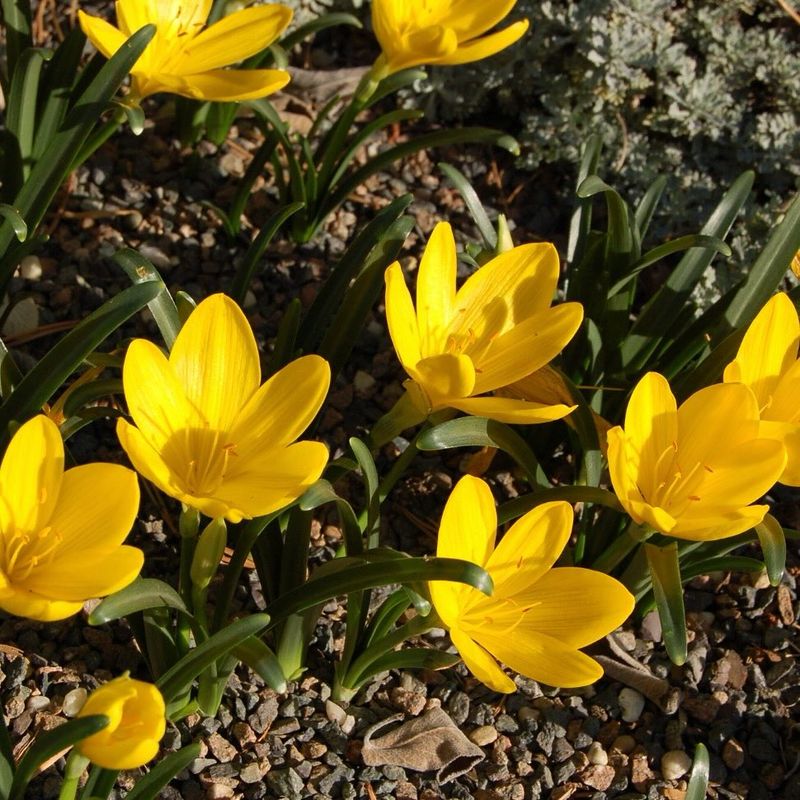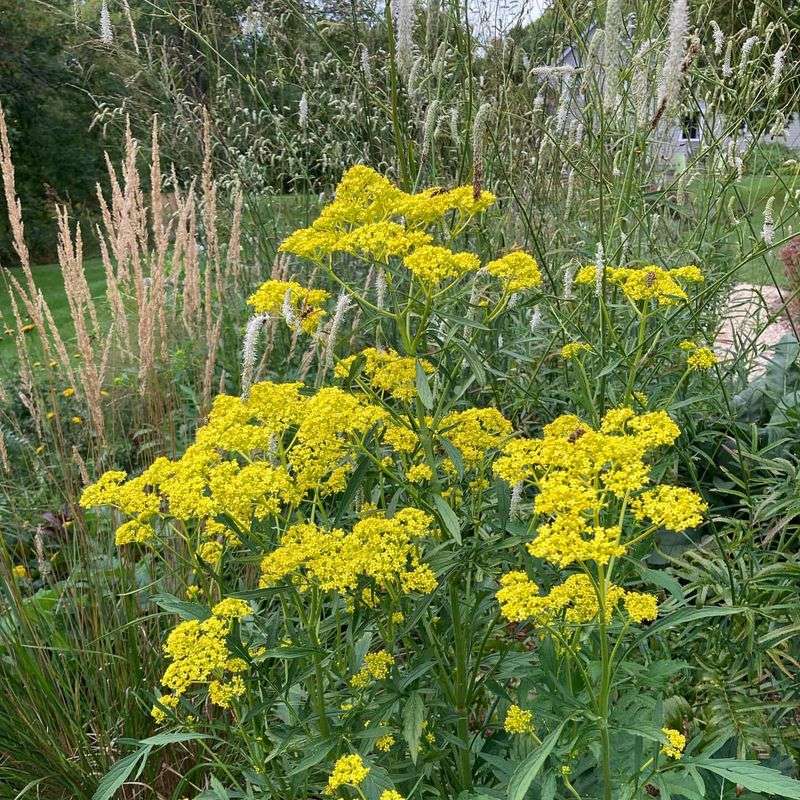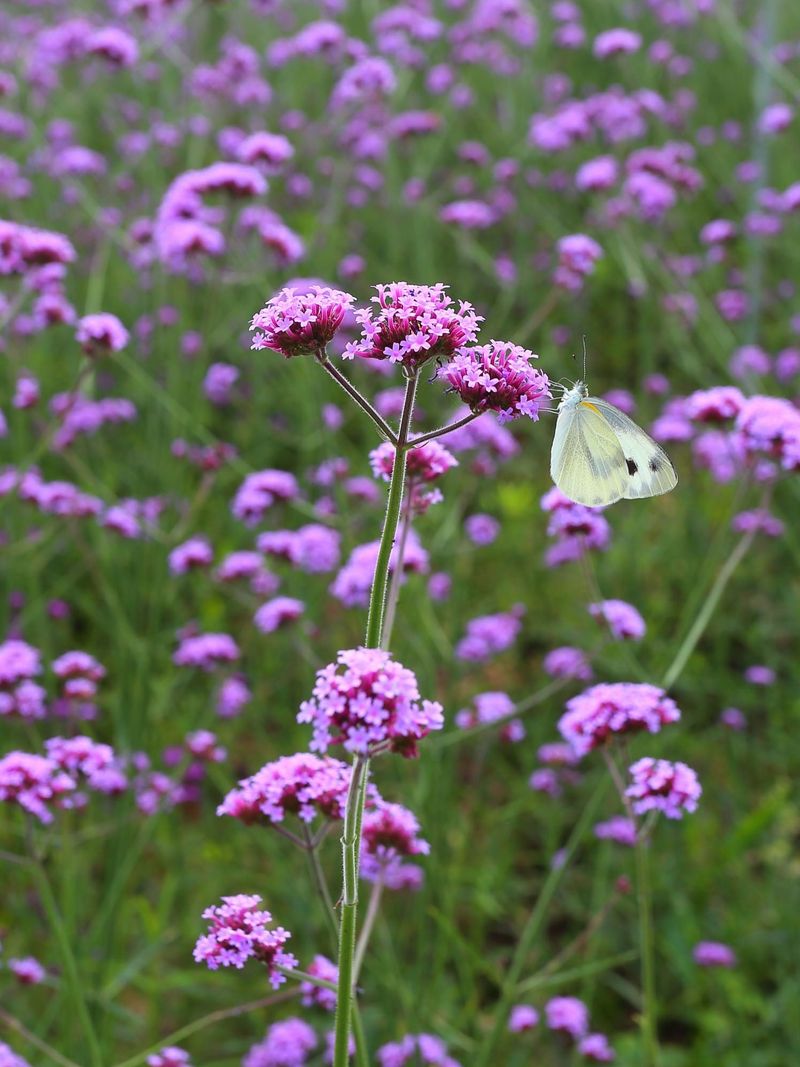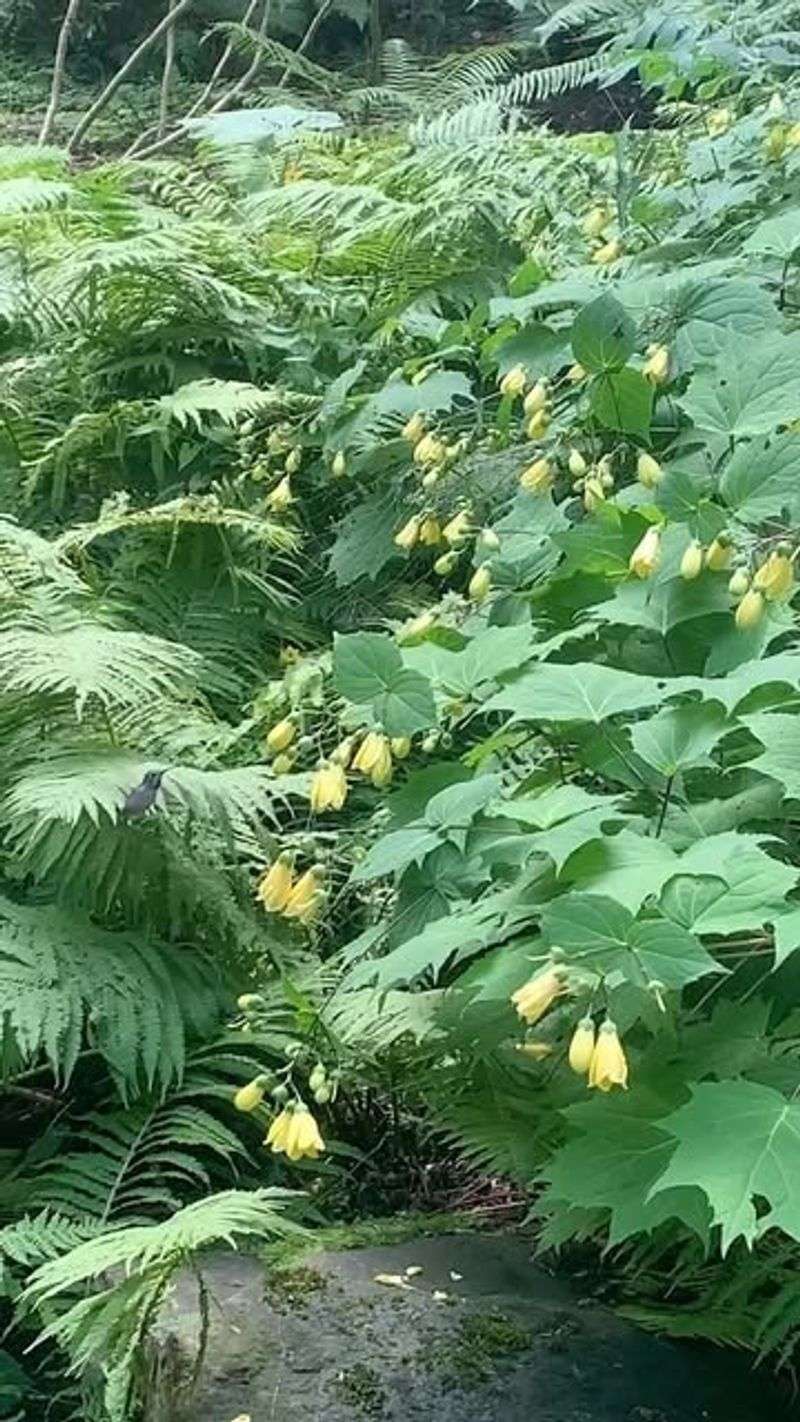I love when my garden keeps going long after summer starts fading—and in Massachusetts, it totally can. Some flowers are just getting started in late summer and will put on a show well into September.
I’ve planted a few of these late-bloomers before, and they never disappoint. The color, the pollinators, the vibe—it’s all worth it. If your garden’s looking tired, these plants will give it a fresh second wind.
1. New England Aster
Nothing says ‘Massachusetts autumn’ quite like these purple-pink native wildflowers dotting meadows and gardens. They attract butterflies and bees when other nectar sources are dwindling.
Hardy in Massachusetts climates, they thrive in full sun and average soil. Plant them alongside ornamental grasses for a stunning fall display.
2. Japanese Anemone
Graceful and ethereal on tall stems, these elegant flowers dance in September breezes. Massachusetts gardeners love their reliability and longevity in partially shaded spots.
The delicate pink or white blooms appear when most perennials have finished. They spread slowly to form beautiful colonies without becoming invasive in your Bay State garden.
3. Sedum ‘Autumn Joy’
Transforming from pale pink to rich russet, these succulents create a spectacular color show. Their fleshy leaves handle Massachusetts’ unpredictable fall weather with ease.
Bees and butterflies flock to the flat flower heads for late-season nourishment. Even after frost hits the Bay State, the dried flower heads add winter interest to your garden beds.
4. Russian Sage
Clouds of lavender-blue flowers hover above silvery foliage, creating a dreamy effect in Massachusetts gardens. The aromatic leaves deter deer and rabbits, a bonus for suburban Bay State gardeners.
Drought-tolerant once established, this perennial thrives in hot, sunny spots where other plants struggle. Even novice gardeners find success with this tough beauty.
5. Turtlehead
Named for their unique flower shape resembling a turtle’s head, these natives thrive in Massachusetts’ moist areas. Pink or white blooms appear from late August through September, brightening shady garden corners.
Unlike many perennials, turtleheads actually prefer the rich, damp soils common in many Bay State gardens. They attract beneficial pollinators while being deer-resistant.
6. Goldenrod
Contrary to popular belief, these golden plumes don’t cause hay fever in Massachusetts residents. They actually provide essential late-season nectar for pollinators preparing for winter.
Several varieties work beautifully in Bay State gardens, from compact ‘Little Lemon’ to the architectural ‘Fireworks.’ Their sunny color complements purple asters perfectly in naturalistic plantings.
7. Joe-Pye Weed
Towering mauve flower clusters create dramatic vertical interest in Massachusetts landscapes. Despite its name, this native plant is no weed but a valuable addition to rain gardens and naturalized areas.
Butterflies adore the nectar-rich blooms that appear in late summer. Even in the Bay State’s coastal gardens, Joe-Pye stands strong against September’s occasional gusty winds.
8. Cimicifuga
Also called black snakeroot or bugbane, this woodland native produces elegant white wands above dark foliage. In Massachusetts shade gardens, it creates a ghostly, dramatic effect as September evenings grow longer.
The bottle-brush flowers emit a sweet fragrance that perfumes the cool fall air. Bay State gardeners appreciate how it thrives in spots where other plants struggle.
9. Helenium
Often called sneezeweed (though it doesn’t cause sneezing), these daisy-like flowers bring fiery colors to Massachusetts autumn gardens. Their red, orange, and gold blooms complement changing foliage perfectly.
Butterflies can’t resist their nectar-rich centers. Even when Massachusetts’ first light frosts arrive, helenium continues to provide color in sunny borders.
10. Boltonia
Thousands of small, aster-like flowers create a cloud of white or pink in Massachusetts gardens. Their airy appearance softens garden edges and brightens September borders with minimal maintenance.
Native to eastern North America, they handle the Bay State’s varying soil conditions with ease. Even after heavy September rains, these sturdy perennials bounce back without staking.
11. Montauk Daisy
Crisp white flowers with sunny yellow centers brighten Massachusetts coastal gardens from September until frost. Their glossy, succulent-like foliage stays attractive all season, even in sandy soils.
Salt-tolerant and deer-resistant, they’re perfect for Bay State beach properties. Cutting back plants by half in July ensures compact growth and abundant fall blooms.
12. Tricyrtis
Commonly called toad lily, these exotic-looking flowers bring orchid-like blooms to Massachusetts shade gardens. Speckled purple and white blossoms appear along arching stems just when gardens need fresh interest.
Despite their delicate appearance, they’re surprisingly hardy in Bay State conditions. Their unique flowers reward close inspection in woodland gardens or shady borders.
13. Ceratostigma
True blue flowers are rare in autumn, making this low-growing perennial especially valuable in Massachusetts landscapes. Also called plumbago, its gentian-blue blossoms appear just as its foliage begins turning crimson.
Thriving in average Bay State garden soil, it’s perfect for edging walkways or spilling over walls. The dramatic blue-and-red color combination creates memorable September garden moments.
14. Caryopteris
Sometimes called bluebeard, this woody subshrub becomes covered in blue flowers that Massachusetts bees can’t resist. The aromatic gray-green foliage offers interest even before blooming begins.
Handling the Bay State’s occasional dry spells with ease, it thrives in full sun. After a few years, gentle spring pruning keeps plants compact and flowering abundantly.
15. Hardy Hibiscus
Dinner-plate sized blooms in pink, red or white make an astonishing late-season statement in Massachusetts gardens. Despite their tropical appearance, these perennials return reliably after even the harshest Bay State winters.
Emerging late in spring, they reward patient gardeners with spectacular flowers until frost. Their preference for moist soil makes them perfect near Massachusetts water features.
16. Autumn Crocus
Unlike spring crocus, these bulbs send up leafless flowers in September, seemingly by magic from bare Massachusetts soil. Their purple, pink, or white goblet-shaped blooms create delightful surprises throughout the garden.
Foliage appears in spring, then dies back by summer. Bay State gardeners plant them among groundcovers that hide the bare spots until the fall flowers emerge.
17. Patrinia
Clouds of tiny yellow flowers hover above attractive foliage, creating a delicate presence in Massachusetts perennial borders. Less common than many fall bloomers, they offer something unique for garden enthusiasts.
Their airy flower heads complement more substantial Bay State garden plants. After blooming, the seed heads turn an attractive russet color, extending seasonal interest into October.
18. Verbena bonariensis
Tall, slender stems topped with purple flower clusters seem to float above Massachusetts garden beds. Their see-through quality creates magical layering effects without blocking views of plants behind them.
Butterflies flock to the nectar-rich blooms throughout the Bay State’s warm September days. Though technically tender perennials, they often self-seed discreetly, returning year after year.
19. Kirengeshoma
Waxy yellow bells dangle from dark stems above maple-like foliage in Massachusetts woodland gardens. This uncommon Japanese native brings subtle elegance to shady spots when few other plants are blooming.
Bay State gardeners treasure its architectural presence and unusual flower form. Preferring rich, moist soil, it pairs beautifully with ferns and hostas in woodland garden settings.

